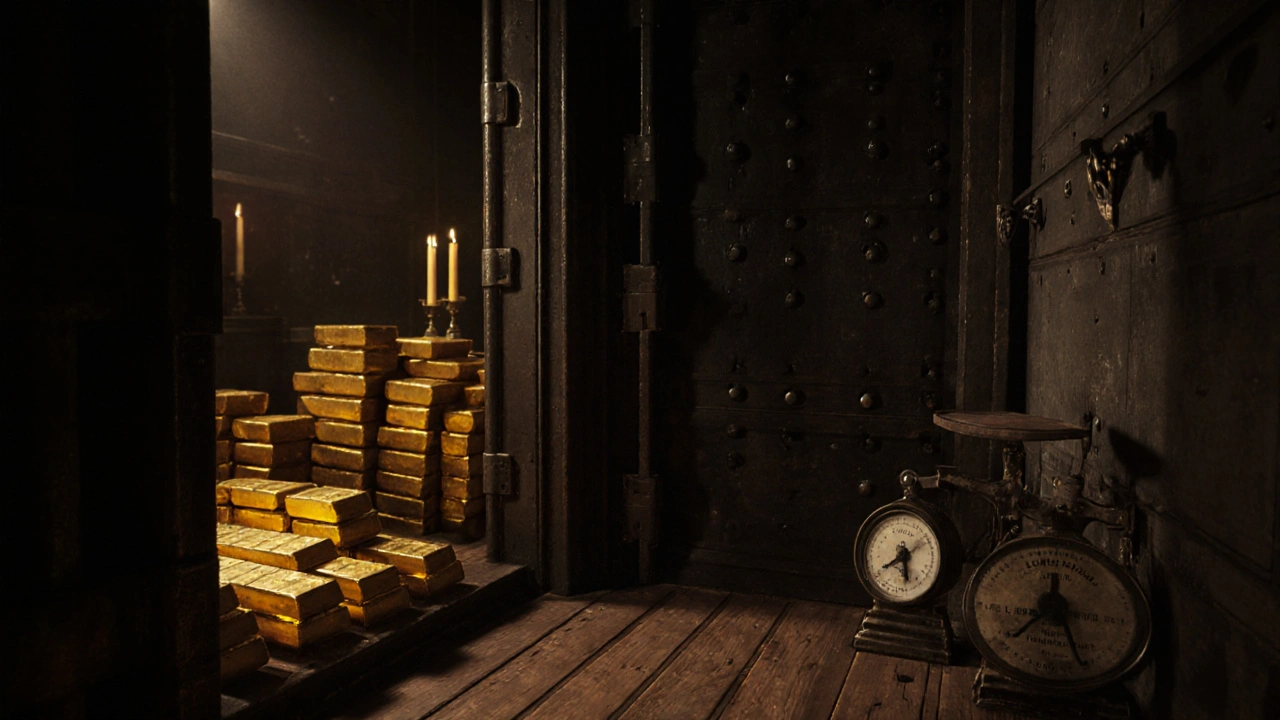City of London Heritage: Ancient Ruins, Historic Sites, and Living Traditions
When you walk through the City of London heritage, the layered history of Britain’s financial heart, from Roman walls to modern glass towers. Also known as London’s historic core, it’s not just a collection of old buildings—it’s a living archive where gladiators once fought, kings were crowned, and merchants built an empire. This isn’t the London of tourist postcards. It’s the quiet alley behind St. Paul’s where a 2,000-year-old Roman road still runs underfoot. It’s the shadow of a medieval church tower casting light on a coffee shop that didn’t exist a decade ago.
The Roman London, the original settlement founded by the Romans in 43 AD, centered around a fort and amphitheatre. Also known as Londinium, it’s not buried—it’s visible. You can stand in the remains of the London amphitheatre, where crowds once cheered gladiators and public executions, or trace the Roman Wall, a defensive barrier that once enclosed the entire city near Tower Hill. These aren’t museum pieces. They’re part of the city’s bones. Walk a few blocks and you’ll hit Westminster Abbey, a Gothic masterpiece where kings and queens have been crowned for over 900 years. Its flying buttresses, stained glass, and stone carvings didn’t just decorate a church—they changed how sacred spaces were built across Europe. The City doesn’t just preserve history—it uses it. The Guildhall, built in the 15th century, still hosts city meetings. The Bank of England, founded in 1694, sits on land once owned by monks. Even today, the Lord Mayor’s procession follows routes laid down centuries ago.
What makes the City of London heritage different from other historic districts? It never stopped being alive. While other cities turn old buildings into museums, here, the past still works. You can buy a sandwich from a stall that’s been in the same spot since the 1800s, or see a lawyer in a wig walk past a Roman archway on the way to court. The heritage isn’t locked behind glass—it’s in the rhythm of the streets, the names of the alleys, the way the light hits the stone at 4 p.m. on a winter day.
What you’ll find below isn’t a list of tourist spots. It’s a map of real places where history still breathes. From the hidden Mithraeum where Romans worshipped a sun god, to the quiet corners of the National Portrait Gallery where faces from Tudor times still stare out at you—these posts show you how to see the City not as a backdrop, but as a story still being written.
